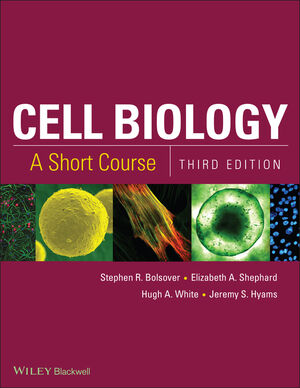Cell Biology: A Short Course, 3rd EditionISBN: 978-0-470-52699-6
Paperback
432 pages
May 2011, Wiley-Blackwell
 |
||||||
Cell Biology: A Short Course, 3rd EditionISBN: 978-0-470-52699-6
Paperback
432 pages
May 2011, Wiley-Blackwell
 |
||||||